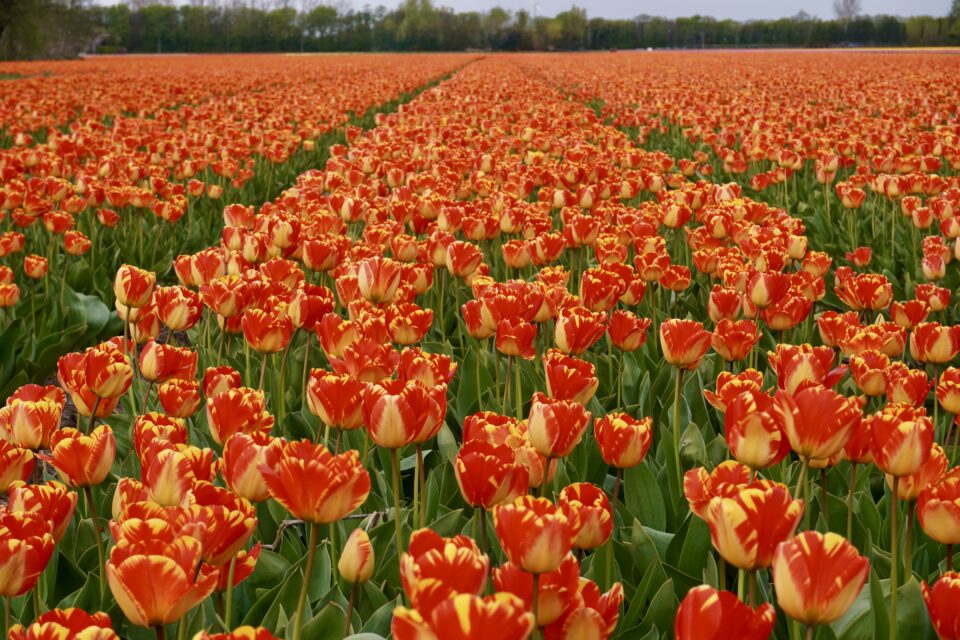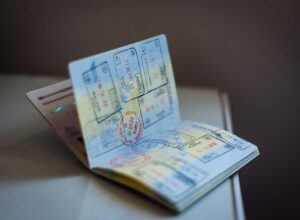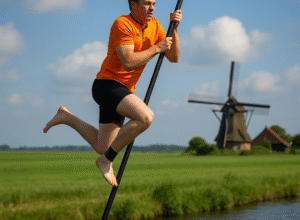Though modest in size, the Netherlands is a country of striking regional diversity. From coastal islands swept by North Sea winds to bustling inland tech hubs and tranquil rural heartlands, each of the country’s 12 provinces carries its own rhythm, pride, and particular way of life. For anyone considering a move here, or simply wanting to understand the terrain beyond Amsterdam’s canals, here’s a thoughtful and practical guide to what makes each province distinct.
South Holland (Zuid-Holland)
- Capital: The Hague (Den Haag)
- Largest City: Rotterdam
- Population: ~3.8 million
South Holland is the political and logistical nerve center of the Netherlands. The Hague, though not the capital of the country, is home to the Dutch government, the royal family, and numerous international institutions. Just 30 minutes away, Rotterdam is the Netherlands’ second-largest city and a powerhouse of modern architecture, innovation, and Europe’s largest seaport. Despite its urban density, South Holland also offers quiet beauty—Delft’s cobbled charm, Leiden’s storied university, and the windmill-dotted wetlands of Kinderdijk.
North Holland (Noord-Holland)
- Capital: Haarlem
- Largest City: Amsterdam
- Population: ~2.96 million
Though Amsterdam often steals the spotlight, North Holland is a province of deep contrasts. Haarlem offers a quieter, artsy counterpoint to the capital’s buzz, while towns like Alkmaar and Hoorn preserve maritime traditions and cheese market rituals. Along the coast, you’ll find beaches like Zandvoort and dune preserves perfect for weekend escapes. North Holland carries both the weight of Dutch history and the pulse of its most visited, photographed spaces.
North Brabant (Noord-Brabant)
- Capital: ‘s-Hertogenbosch (Den Bosch)
- Largest City: Eindhoven
- Population: ~2.63 million
Warm-hearted and a little more laid-back than its northern counterparts, North Brabant blends strong Catholic heritage with cutting-edge innovation. Eindhoven, once a Philips company town, is now a tech epicenter with a youthful energy. Den Bosch offers Gothic grandeur and renowned hospitality. The province is also known for its exuberant Carnival celebrations and rich culinary traditions—think Burgundian living with a Dutch twist.
Gelderland
- Capital: Arnhem
- Largest City: Nijmegen
- Population: ~2.14 million
The largest province by land area, Gelderland is a place of layers: historic cities, agricultural plains, and dense forest reserves. Nijmegen, the country’s oldest city, sits near the German border and buzzes with student life. Arnhem, deeply scarred and honored by WWII history, mixes stately architecture with green expanses. Gelderland is home to De Hoge Veluwe National Park, an ideal escape for hiking, cycling, or art lovers seeking the Kröller-Müller Museum.
Utrecht
- Capital & Largest City: Utrecht
- Population: ~1.39 million
Compact but central, Utrecht punches far above its weight. Its eponymous city is a transportation hub and academic powerhouse, centered around its towering Dom church and canals that dip below street level. With one foot in the past and one in a bike-forward future, the province is ideal for those wanting proximity to everything without the overwhelm. Smaller towns like Amersfoort and Zeist offer livable alternatives with strong connections.
Limburg
- Capital & Largest City: Maastricht
- Population: ~1.13 million
Limburg curves along the southeastern edge of the country and feels, at times, like a world apart. Its hilly terrain is unlike anywhere else in the Netherlands, and its dialects and cuisine reflect strong Belgian and German influences. Maastricht, one of Europe’s oldest cities, exudes charm, sophistication, and cultural richness. The province celebrates life with a distinctly southern sensibility—warm, proud, and a little slower paced.
Overijssel
- Capital: Zwolle
- Largest City: Enschede
- Population: ~1.19 million
Laced with rivers and canals, Overijssel is a quiet achiever. Zwolle has grown into a vibrant mid-size city with historic roots, while Enschede, near the German border, pulses with university life and creative industries. The province is also home to Giethoorn, often dubbed the “Dutch Venice” for its picturesque waterways. If you crave a blend of accessible nature and grounded living, Overijssel deserves a look.
Friesland (Fryslân)
- Capital & Largest City: Leeuwarden
- Population: ~660,000
Fiercely independent, Friesland is the only province with its own official language, Frisian. Locals are proud of their heritage, and it shows—in the strong regional identity, in the Eleven Cities skating tour (Elfstedentocht), and in the cultural heartbeat of Leeuwarden. Water defines much of Friesland’s character, from its sprawling lakes to its beloved sailing culture. Slower in pace but deep in spirit.
Groningen
- Capital & Largest City: Groningen
- Population: ~597,000
Groningen is flat, spacious, and youthful. The capital city is a dynamic university town that hums with creativity and sustainability efforts. The surrounding countryside is quiet and agricultural, with wide skies and scattered historic villages. It’s also a place grappling with change, particularly around gas extraction and seismic issues, making it a province both tranquil and politically active.
Drenthe
- Capital: Assen
- Largest City: Emmen
- Population: ~505,000
Drenthe is where the Netherlands breathes out. Known for its prehistoric stone monuments (hunebedden) and vast heathlands, it’s a haven for cyclists, nature lovers, and anyone seeking space to think. It’s less about spectacle and more about subtlety—quiet trails, small villages, and old landscapes that invite presence over performance.
Flevoland
- Capital: Lelystad
- Largest City: Almere
- Population: ~445,000
Flevoland didn’t exist a century ago. Created from reclaimed seabed, it’s a province born of Dutch ingenuity. Almere is a growing city with experimental architecture and a youthful demographic. Lelystad, while quieter, is close to nature reserves like Oostvaardersplassen. Flevoland is ideal for pioneers—those drawn to the idea of building something new from the ground up.
Zeeland
- Capital: Middelburg
- Largest City: Terneuzen
- Population: ~392,000
The name says it all: Zeeland is sea land. This southwestern province is a patchwork of islands and peninsulas, deeply shaped by the water that surrounds it. Zeeland has weathered floods and engineered world-class defenses like the Delta Works. Its beaches are beloved by German and Belgian tourists, while Middelburg and Veere hold rich merchant histories. Life here is tidal—a bit quieter, a bit more enduring.
Final Thoughts
The Netherlands may seem small, but it holds multitudes. Whether you’re planning a move or simply daydreaming, understanding the provinces gives texture to the broader Dutch story. From the international bustle of South Holland to the rolling hills of Limburg, each region holds a different doorway into Dutch life.








